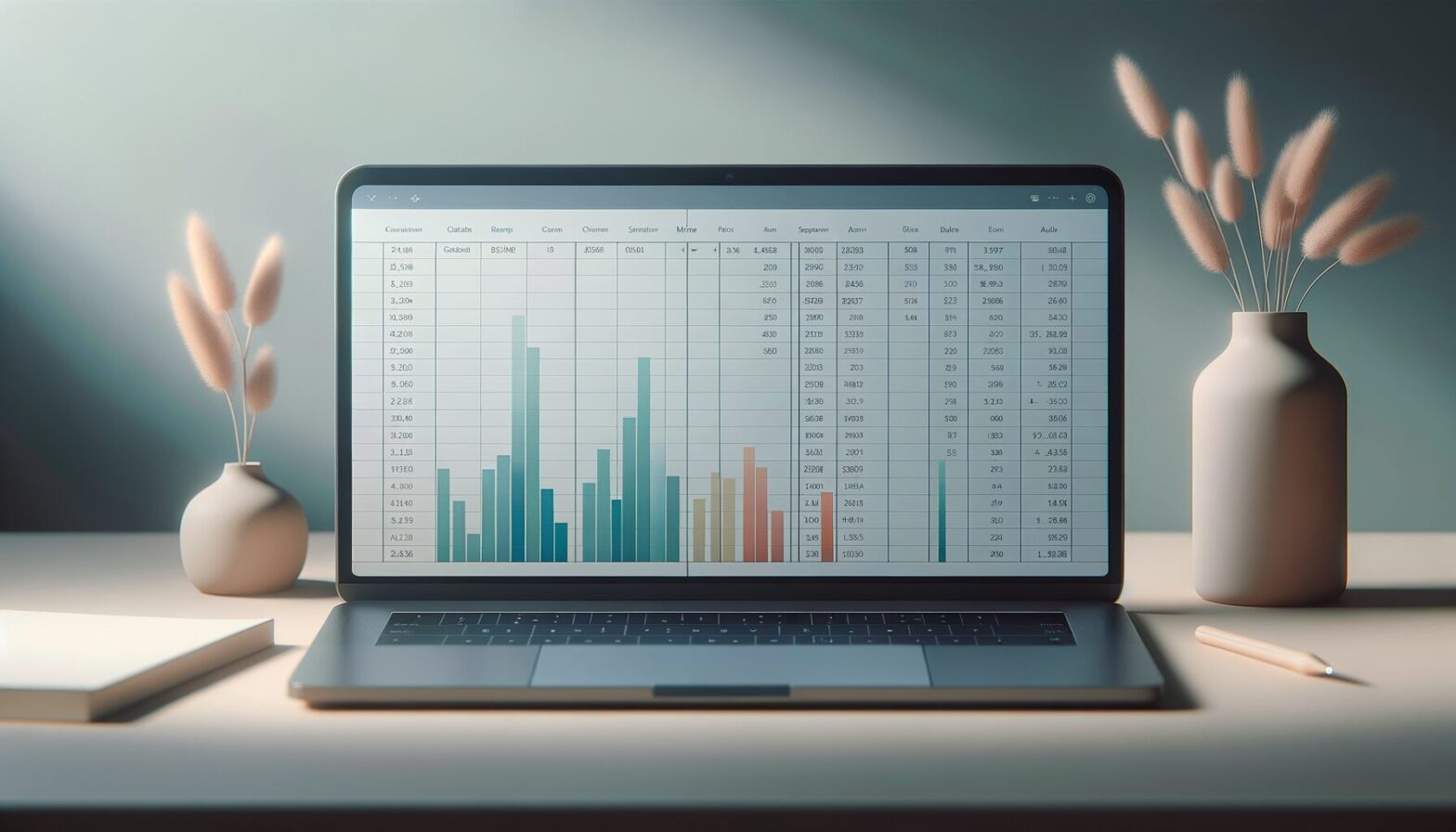The Timeless Charm of Spreadsheets in Planning
Spreadsheets have been a staple tool for planners, managers, and creatives alike for decades. Despite the proliferation of specialised project management software and apps, spreadsheets remain remarkably popular. But why is this? At its core, the appeal of spreadsheets lies in their simplicity paired with immense flexibility. They offer a blank canvas where users can organise data, track progress, and create plans tailored exactly to their needs.
Unlike rigid tools that impose workflows, spreadsheets give users full control. This autonomy satisfies a deep psychological need for mastery and creativity. People enjoy the tactile process of building formulas, colour-coding cells, and seeing their data come to life in charts and graphs. The spreadsheet becomes more than just a tool — it becomes a personalised command centre.
Furthermore, spreadsheets tap into our love for order and structure. They help break down complex projects into manageable chunks, enabling clearer thinking and reducing anxiety about uncertainty. The grid layout offers a reassuring visual logic that feels both familiar and empowering, allowing planners to map out timelines, budgets, or inventories with confidence.
The Psychology Behind Spreadsheet Popularity
The enduring popularity of spreadsheets also has roots in cognitive psychology. Humans crave control over their environments, especially when dealing with complex or stressful tasks like project planning. Spreadsheets offer a tangible way to organise and manipulate information, which helps reduce cognitive load. By externalising data into cells and tables, users free up mental resources to focus on decision-making rather than memory.
Additionally, spreadsheets provide immediate feedback through calculations and visualisations. This instant gratification reinforces learning and motivates continued engagement. The ability to experiment—adjusting numbers or deadlines and instantly seeing outcomes—supports a trial-and-error learning style that many find rewarding.
There’s also a sense of accomplishment that comes from mastering spreadsheet skills. From beginners creating basic lists to experts building intricate dashboards with macros, users experience growth and competence. This progression contributes to user satisfaction and loyalty to spreadsheets as a planning medium.
Balancing Flexibility with Structure in Planning
One reason spreadsheets excel in planning is their unique balance between flexibility and structure. On one hand, they are highly customisable: users can insert columns or rows, add formulas, apply filters, or format cells to suit specific needs. On the other hand, the inherent grid format imposes a logical framework that guides organisation.
This balance mirrors how effective planning often works—flexible enough to adapt to changing conditions but structured enough to provide clarity and focus. Many planners appreciate that spreadsheets can grow organically with a project, evolving from simple task lists into complex financial models or resource trackers without switching platforms.
However, this flexibility does come with challenges. Without discipline or design principles, spreadsheets can become cluttered or error-prone. Yet many users find this an acceptable trade-off for the freedom they gain. In fact, the act of tidying and refining a spreadsheet often feels like part of the planning process itself.
Looking Ahead: Spreadsheets in the Age of Automation
As technology advances, spreadsheets are evolving too. Integration with cloud platforms allows for real-time collaboration, while AI-powered tools help automate data entry and error detection. These innovations promise to keep spreadsheets relevant by enhancing their usability without sacrificing core strengths.
Despite emerging alternatives like dedicated project management software or visual planning tools, spreadsheets maintain a unique niche because they cater to diverse needs across industries and skill levels. Their adaptability ensures they remain accessible whether you’re managing a small event or overseeing multinational budgets.
In summary, spreadsheets endure because they resonate deeply with human cognitive preferences for control, feedback, and incremental mastery. They provide a flexible yet structured environment ideal for planning’s often unpredictable nature. As they continue to integrate smarter features, spreadsheets will likely remain indispensable for planners worldwide.
Notes
- Over 750 million Microsoft Excel users worldwide demonstrate spreadsheet ubiquity.
- Studies show visual organisation aids memory retention by up to 42%.
- 84% of financial professionals use spreadsheets daily for budgeting and forecasting.
- AI integration in spreadsheets is projected to reduce manual data entry time by 30% by 2027.
